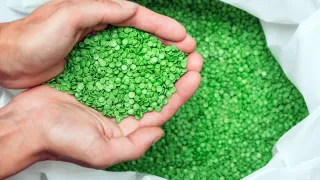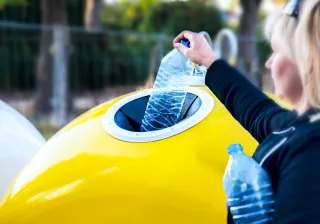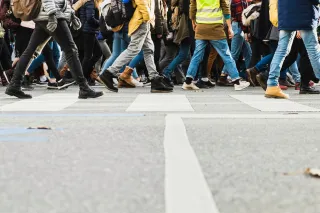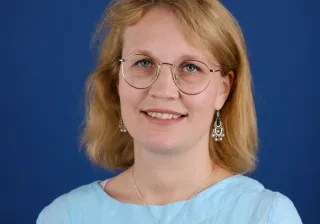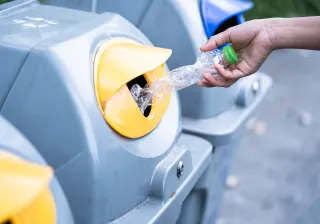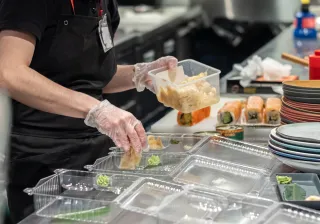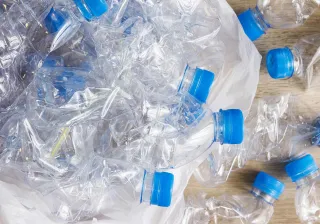In order to build a new plastic economy and turn visions into reality, work is needed on many fronts. Finland has taken the plastic challenge seriously, and currently the preparation of a national roadmap on plastics is under way, led by the Ministry of the Environment. The roadmap on plastics will be published in September, and it focuses specifically on actions: what should be done in the short and in the long term to boost the development of the new plastic economy?
Incentives are needed to speed up the co-operation of various actors in the value chains
Because a systemic change is required, building functioning value chains is of crucial importanceAll parts of the value chain should be encouraged to join: the producers of plastic raw materials, the designers, manufacturers and users of products and packaging that contain plastic, retailers, consumers, and waste management operators. Everyone should also gain new added value from the co-operation, otherwise the system as a whole will not work.
It would be excellent, if a national fund or programme could be established to give impetus by granting funding to create ecosystems for recycling plastics. Establishing an ecosystem requires work, time and a new approach, and developing its functioning needs investment in R&D. In the long term, once the operators have welded together and the quality and markets of recycled raw materials have developed, the business of circular economy will stabilise and the importance of incentives will diminish.
Success is gained by combining different kinds of expertise
Future solutions will be increasingly based on combining various technologies and various types of expertise. VTT develops new plastic economy at different sites, such as the pilot environment for the processing of plastics and composites in Tampere as well as the Bioruukki in Espoo, where plastic waste can be recycled thermochemically, meaning that it can be liquefied or gasified with the help of heat and chemistry. As for the PlastBug team, it develops plastic-eating microbes that degrade waste into raw materials, and the TrashToTreasure team develops the enzymatic and chemical degradation of plastics.
Who takes the lead?
The new plastic economy respects both the nature and the economy.. According to estimates, up to 95 % of the value of plastic packaging materials, corresponding to 70–105 billion euros per year, is lost from the economy because the material is only used once for a very short time.
In the near future, it will be determined which countries take the lead in the technological development, and in which countries the new recycling and production lines will be established. It is likely that both mechanical and chemical recycling will increase. In Europe, approximately one third of the plastic waste is recycled; less than 2 % of this is done by chemical recycling routes. It has been envisioned that by increasing the chemical recycling of plastics, it could be even possible to disconnect the prices of petrochemicals and plastics from the price of oil. One tonne of recycled plastic saves approximately 22 barrels of oil.
Many well-known brands, such as M&S, Mars, Nestlé, Unilever and L’Oreal, have already made significant promises to transition into the new plastic economy. The Finnish chemistry company Neste aims to become a big player in the chemical recycling of waste plastics, and it has stated that its goal is to process as much as one million tonne of waste plastic-based feed in 2030 at its refineries in Porvoo and Naantali.
Minimising plastic emissions, increasing the use of alternative raw materials and ensuring that more plastic is recycled form the core of the strategy for plastics published by the European Commission in January.
Finland has a great opportunity to become an exporter of technology and concepts in the new plastic economy. This goal can be achieved with a strong vision, sufficient resources and co-operation.

